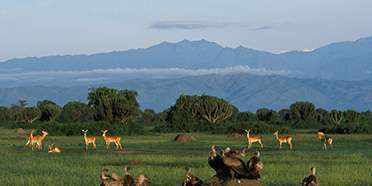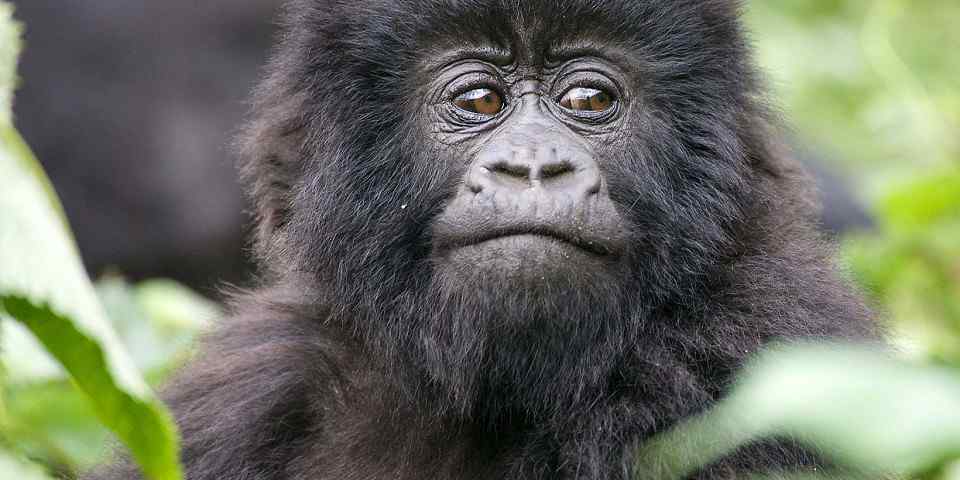
Safari Tours to Queen Elizabeth NP
-
![14-Day Uganda Gorilla Chimpanzees and Wildlife Safari]()
14-Day Uganda Gorilla Chimpanzees and Wildlife Safari
$4,070 pp (USD)
Uganda: Private tour
Mid-range Lodge & Tented CampYou Visit: Entebbe (Start), Sipi Falls (Highlight), Kidepo Valley NP, Murchison Falls NP, Ziwa Rhino and Wildlife Ranch, Kibale NP (Chimps), Queen Elizabeth NP, Bwindi NP (Gorillas), Lake Bunyonyi, Lake Mburo NP, Entebbe (End)

Dav Safaris
5.0/5 – 100 Reviews
-
![8-Day The Big-5 Uganda Tour]()
8-Day The Big-5 Uganda Tour
$2,860 pp (USD)
Uganda: Private tour
Mid-range Lodge & ResortYou Visit: Entebbe (Start), Murchison Falls NP, Kibale NP (Chimps), Queen Elizabeth NP, Bwindi NP (Gorillas), Lake Bunyonyi, Entebbe (End)

Kajie Safaris
5.0/5 – 124 Reviews
-
![5-Day Gorillas, Chimpanzees and Tree-Climbing Lions]()
5-Day Gorillas, Chimpanzees and Tree-Climbing Lions
$2,145 pp (USD)
Uganda: Private tour
Mid-range Lodge & ResortYou Visit: Entebbe (Start), Queen Elizabeth NP, Kyambura Gorge (Chimps), Bwindi NP (Gorillas), Lake Bunyonyi, Entebbe (End)

Nature Connect Safaris Uganda
4.9/5 – 48 Reviews

 Uganda Parks
Uganda Parks
















